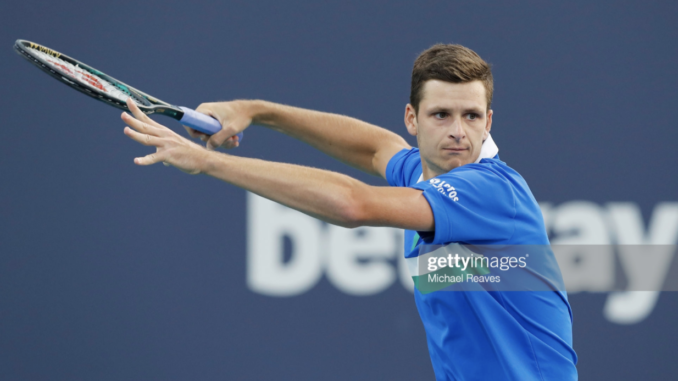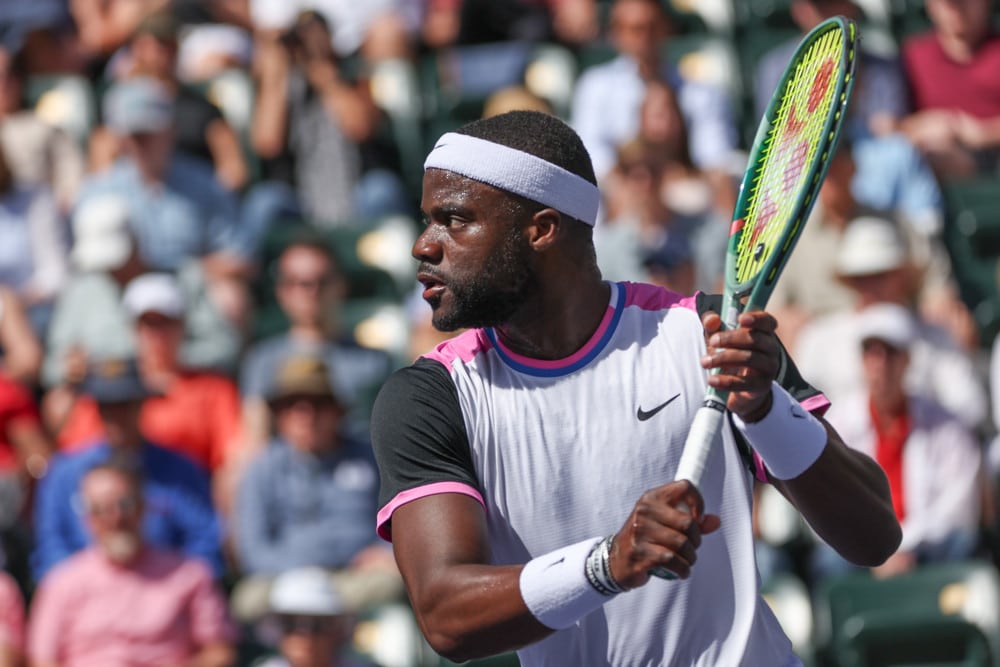New Info On Picking Tennis Predictions Maker
Wiki Article
10 Tips On Surface And Conditions When Making Tennis Predictions
It is crucial to understand the surface conditions and playing ability when making tennis predictions. Ten strategies to get a better analysis: Surface Preferences - Different players have better performance on different surfaces. clay specialists can struggle on grass. Hardcourt players might feel that clay courts are slow. Take into consideration the previous performance of a player on the surface on which the game will be played.
In the same court surface, the speed of the court may differ. The courts that are more fast (like grass and some hard courts) favor big servers and aggressive players slow courts (like clay) are a boon for baseline grinders as well as those with great stamina.
Ball Bounce Surfaces affect bounces of balls in a different way. Clay courts may produce a higher bounce which is beneficial for players with an excessive topspin. The grass courts are, however have a lower bounce and are more suitable for players who serve and volley.
Conditions in the weather can alter playing conditions dramatically. High temperatures can cause the ball to fly faster, whereas humidity could hinder it from moving. The breeze can cause timing to be disrupted and may favor players with greater adaptability.
Indoor vs. Indoors: Because the complexities of sun and wind are eliminated, indoor conditions make it easier to predict. They also favor players who can hit strong and precise shots. Outdoor games, however, require more adaptability due to the changing weather conditions.
The ball will be more powerful and bounce better in areas of high altitude (like those found in South American tournaments). This is because of the less dense air. This is a benefit to aggressive players and powerful servers.
Recent Surface Change: Players often struggle with transitioning between different surfaces. This is especially true during the beginning stages of a game. When making predictions, consider how recently the player has changed surfaces.
Specific conditions for tournaments. Certain tournaments have specific features, for example, ball styles that are specifically designed for the event, or adjustments to court speed or altitude. Knowing these particulars will give you an advantage in predicting the outcome.
Match duration In slower surfaces such as clay, matches tend to run longer. This is because of players who are consistent and have greater endurance. Conversely, surfaces with faster speeds can result in shorter rallies, with quicker points.
Preparation and adaptability. Some players are able to adapt to various surfaces extremely quickly. Others require more time. Analyze a player's history in adapting to changes in the surface, particularly at the beginning of the tournament.
Your predictions for tennis will be more accurate when you take these aspects into consideration. Also, you'll gain a greater comprehension of how the matches will unfold. Take a look at the top rated Expert tennis Predictions Against The Spread for blog info including wimbledon best bets, good betting prediction sites, atp tennis odds, tips and predictions, sure prediction for today, tennis experts picks, sure predictions, wta betting odds, picks for today, best bets today and more.

10 Tips For Playing Style Matchups When It Comes To Making Tennis Predictions
Here are ten strategies to help you assess these matchups in a way that is effective: Here are 10 strategies that will help you evaluate these matchups. If the surface has high speed, like grass or sand, then the serve and volley player would have the advantage. However, on surfaces with slower speeds like clay, it could be the baseline player who takes the win.
Big server and. strong returner: A big server is heavily dependent on aces and quick points, while a powerful returner neutralizes serve by consistently returning. Review the results of similar games in the past for each player to predict the likely outcome.
Aggressive players are more likely to employ powerful shots. Defensive : Players who are aggressive tend to make use of strong shots to get an edge, while defensive players have more capacity to counterpunch. On surfaces with a faster surface that is, the player who is most aggressive might be the favorite, while on surfaces with slower speeds, defensive players may cause trouble for the opponent.
Topspin or Flat Hitting? Players who have a heavy topspin will be harder to defeat than flat hitters. When playing on surfaces with low bounces, such as grass, flat hitters could be disadvantaged.
Left-handed and Right-handed There is a distinct method that left-handed players employ, particularly when their serve is set away from the backhand of the opponent is what gives them a competitive advantage. Think about how the right-handed player handles left hands during the previous.
Power vs. Power: Power players rely on hitting winners while precision players are more dependent on angles and placement. Power can be dominant on faster courts. The importance of precision is when facing opponents who are strong in defense or slower courts.
Variety vs. Consistency. Some players mix up their spins, slice, and drop shot to break the rhythm. Others rely on constant and steady play. Variation is extremely efficient when it comes to playing against players that are apprehensive about rhythm, but can be a challenge for players who are consistent.
Mental toughness to handle Clutch Moments Certain players are able to excel in high pressure situations such as tiebreaks, and saving break points, while others fall short. Mental toughness can be crucial in close matches, too.
Adaptability. Certain players change their styles based on their opponents and the circumstances. Other players, however remain true to their strengths regardless of the situation. A player that is adaptable might gain the advantage in a game between two players who are equally and evenly matched.
Court Positioning. Players that stand closer to baselines tend to control the game better and perform earlier, whereas those who are further away have more time to defend. Consider how court positioning can affect a game.
By carefully evaluating all of these factors in playing style matchups you can get a better understanding of what can happen in the game, and be able to make more accurate predictions. See the recommended Predictions for more info including daily picks, picks predictions, wimbledon best bets, prediction s, today prediction, sure prediction for today, tennis set betting, todays matches and predictions, best tennis bets for today, predictions 365 and more.

Tips For Tennis Prediction Location Of The Match Is Crucial.
If you are analyzing the location of the game to make your predictions Here are 10 suggestions you must consider: Home advantage Home advantage: Players are more successful due to familiar surroundings and encouraging fans. Ten points to consider when analyzing the match location to help you make predictions.Home Advantage: Tennis players perform better in home settings due to familiar surroundings and a hospitable crowd. Examine the record of the player in this area and the effect of the home crowd on their performance.
Different tournaments could have different surfaces, such as clay courts or hard courts. The surface that a player is most comfortable on might be conducive to their greatest performance. Check the surface type at the site and then compare it with the strengths and weaknesses of each player.
Climate and Weather : The weather conditions in a specific area (such as humidity, wind and temperature) could affect the sport. Assess the performance of players and the ability to adjust to weather changes.
Altitude: Those who play in locations with high altitude (such as the tournaments that take place in Mexico City and Bogota) could cause the ball to fly faster and bounce harder. Players who are familiar with these conditions or have performed well in similar situations might have an advantage.
Indoor vs. Outdoor: Indoor courts eliminate any weather-related issues, whereas outdoor courts are subject to the elements of wind sun, rain, and other elements. Consider how a player's performance changes in an indoor or outdoor setting.
Consider Travel Fatigue. Consider the distance that every player has to travel. Long distances may cause fatigue which could impact performance, particularly during the initial rounds of tournaments.
Atmosphere and Venue Size Different players will react differently depending on the size and ambiance of the venue. A big venue that is surrounded by plenty of sound from the crowd may be frightening. smaller venues with a smaller crowd could be less intimidating.
Event Importance: The importance and the location of a competition could affect performance. Players are more motivated when they play high stakes events like Grand Slams.
Surface Condition: Even with the same type of surface conditions can be different. Clay courts, for example could play differently depending on the weather or the level of maintenance they have.
The history and records. Certain players may enjoy an advantage in the past due to their success at a particular place or because they are familiar with it. To determine the outcome of a game look up past performances at a particular location.
You can improve your accuracy by analyzing these aspects.